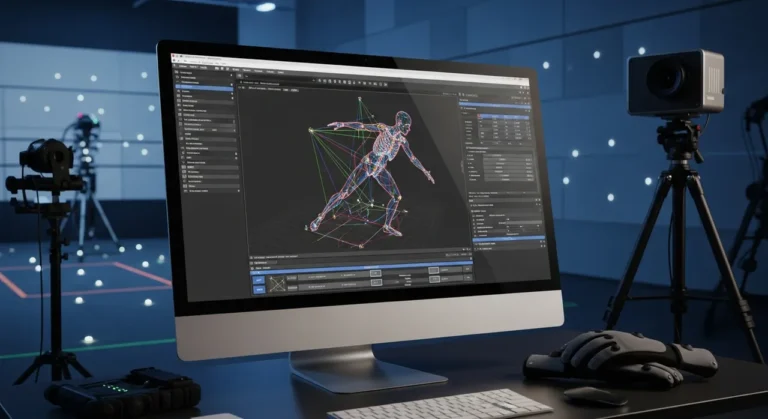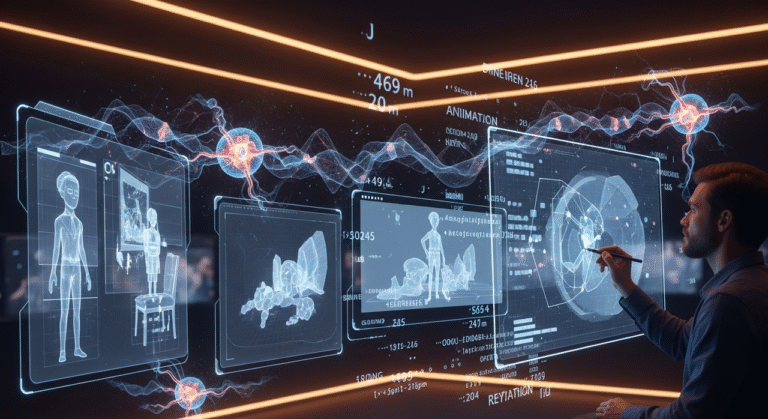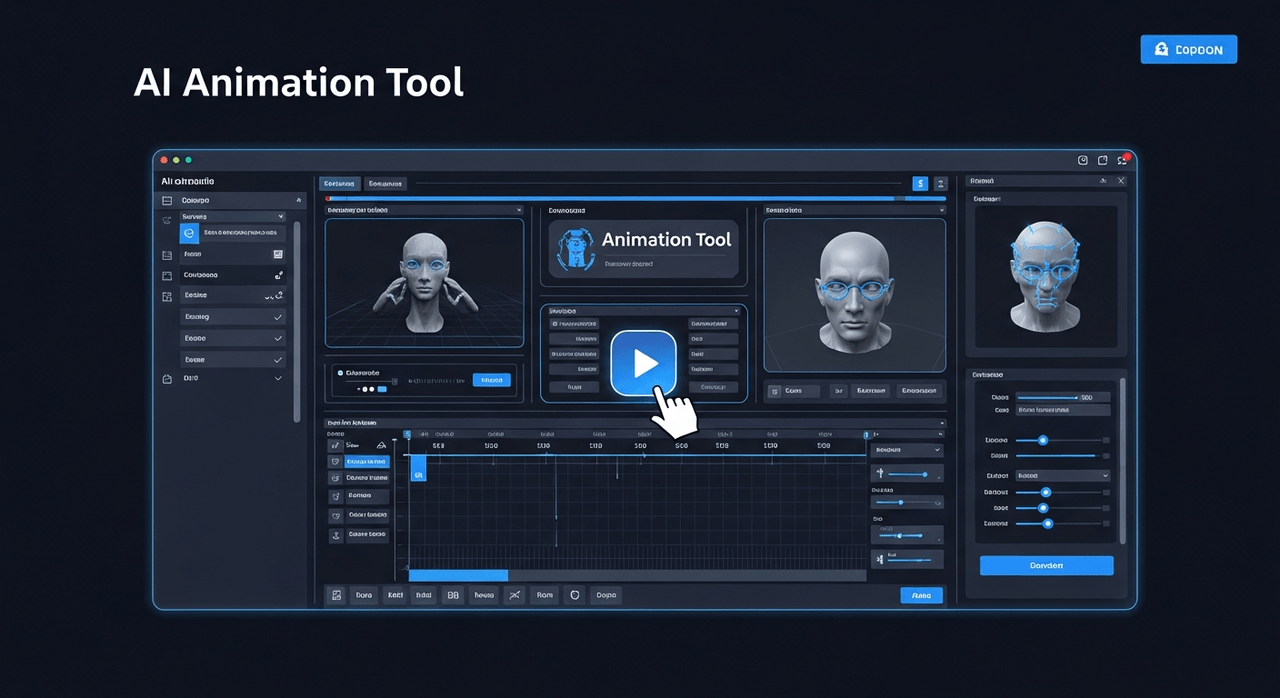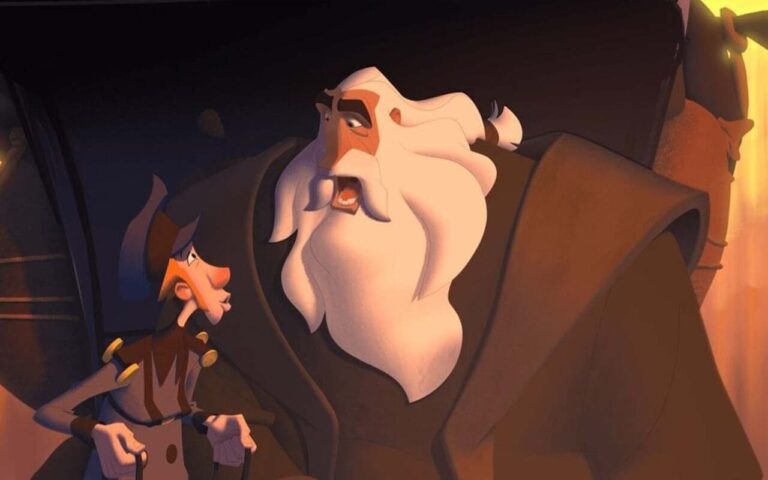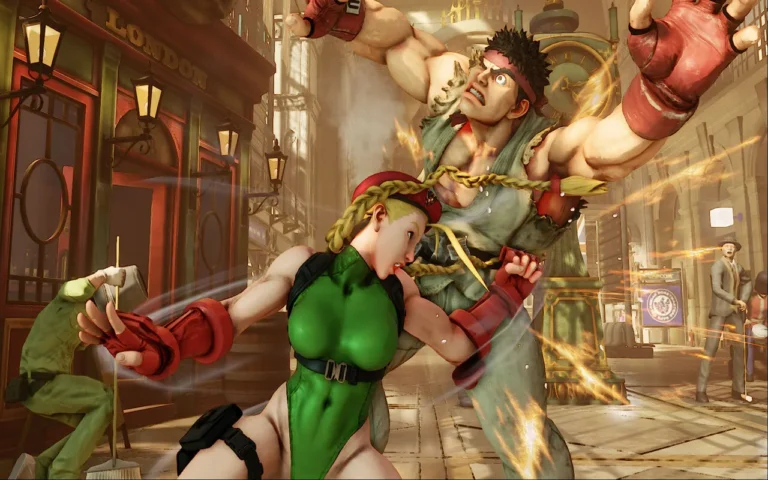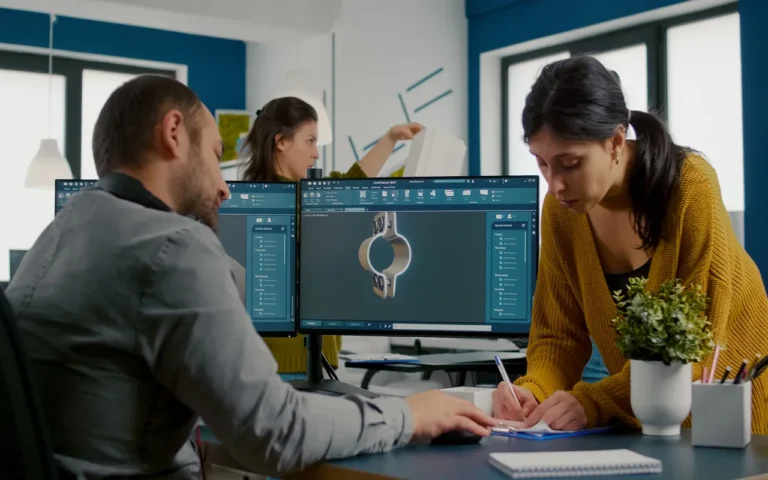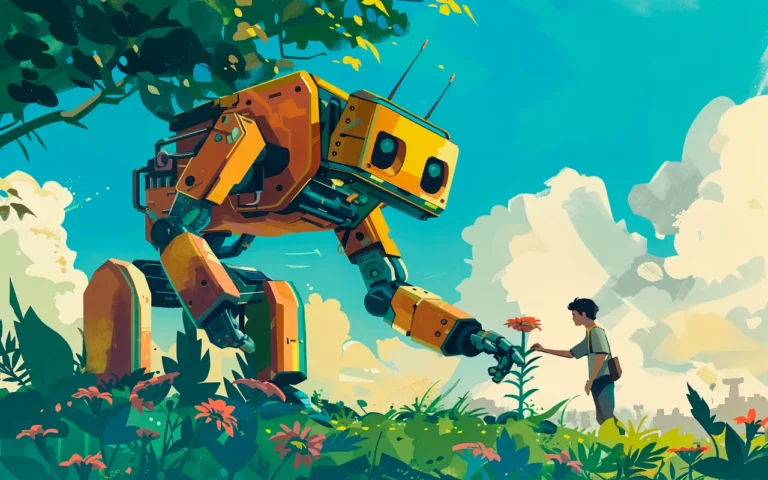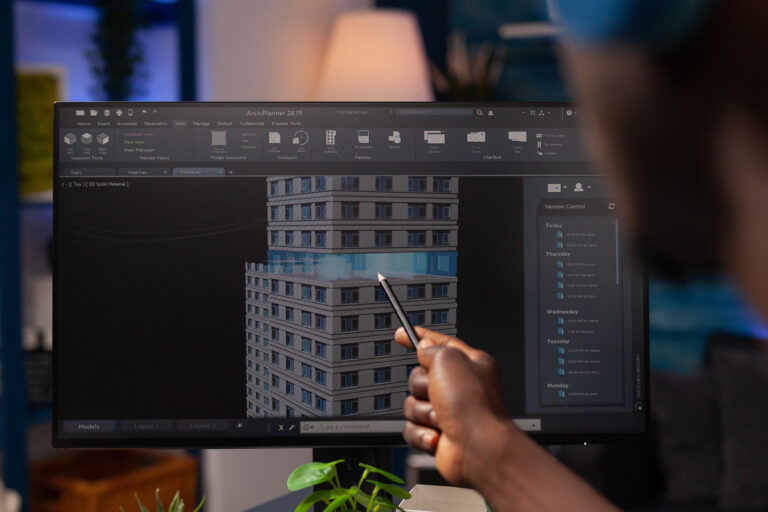In 3D animation, the incorporation of 2D visual effects (VFX) is essential for elevating the visual narrative. While 3D focuses on the structure and movement of objects, 2D VFX introduces additional realism and creativity, making this hybrid approach a must for every animator and animation studio.
These effects are commonly used to simulate elements like smoke, fire, and lighting effects that are challenging to create solely in 3D, or to introduce stylistic flourishes.
This successful blend of 3D depth and motion with the artistic expression of 2D effects results in a more dynamic and immersive experience, which has become a staple in both animated films and video games.
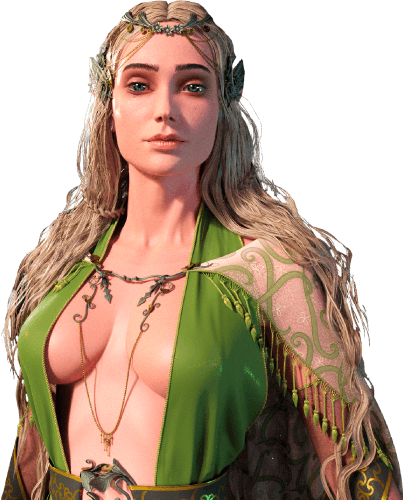
Need Animation Services?
Visit our Animation Service page to see how we can help bring your ideas to life!
How Is 2D VFX Part of the Animation Pipeline?
You may have heard of 3D VFX by now, and where it lies within the 3D animation pipeline. However, in modern production, 2D VFX is also integrated.
The process begins with pre-production, which includes concept art and storyboards, followed by the construction and animation of 3D assets like models and environments.
2D VFX artists then apply their skills, typically introducing their effects after the animation and lighting processes but before the final rendering of the scene.
This strategic timing ensures the visual effects perfectly align with the 3D elements. Compositing software, such as Adobe After Effects or Nuke, is crucial for blending 2D elements like particle systems, digital paint, and lighting into the 3D environment.
The aim is to make the effects appear native to the scene, enriching the atmosphere without disrupting the 3D environment. For instance, a 3D character running could be enhanced with 2D VFX to add swirling dust, glowing energy trails, or environmental effects like lightning, making the scene more dynamic and engaging.
What Are the Key Tools and Techniques of 2D VFX?
2D VFX artists use a variety of tools and techniques to create visual effects that blend perfectly with 3D animation, from stylized energy blasts to realistic natural phenomena.
Digital Painting
Digital painting is vital for generating artistic elements, backgrounds, and textures in 2D. It allows artists to create intricate effects or matte paintings that are then layered over the 3D animation.
A key application is in fantasy-based 3D worlds, where digital painting can be used to produce glowing magical symbols or otherworldly environments that maintain visual consistency with the 3D universe.
Cel Animation
Rooted in traditional methods, cel animation is still employed in contemporary projects, particularly for creating stylistic, hand-drawn animation effects such as fire, water, or magical energy.
This technique offers unique visual expressiveness, often contrasting with the structured appearance of 3D models. A notable example is Spider-Man: Into the Spider-Verse, where cel animation was used to achieve a distinctive comic book aesthetic.
Particle Systems
Particle systems are powerful tools used to simulate phenomena like explosions, fire, smoke, and rain. These systems create numerous small, simple objects (particles) that move based on defined rules.
They can simulate the dispersion of debris following an explosion or the gradual spread of fog. Artists can control variables like gravity, wind, and texture to generate realistic, dynamic effects.
Rotoscoping
Rotoscoping involves the manual tracing over existing footage to achieve realistic motion or to isolate specific elements from live-action or pre-rendered 3D animation.
It is frequently used for creating detailed silhouettes or masking effects when VFX artists need to isolate specific areas to apply their visual effects.
Notable Examples of 2D VFX in 3D Animation
Many animated films and video games have successfully demonstrated the impact of using 2D VFX in 3D animation.
Spider-Man: Into the Spider-Verse
This film is a prime example of seamlessly blending 2D and 3D animation. The visual effects team leveraged cel animation alongside 3D models to create the film’s signature comic-book aesthetic.
Elements such as energy beams, sparks, and the use of color were all executed using 2D VFX techniques, resulting in a unique visual storytelling experience.
Avatar
James Cameron’s Avatar utilized highly detailed 3D characters and landscapes, but it also relied heavily on 2D VFX for various environmental elements.
Effects like bioluminescent plants and glowing water helped immerse the audience in the world of Pandora. These effects were achieved through a combination of 3D modeling and 2D techniques, creating a sense of magical realism.
The Incredibles
In The Incredibles, 2D VFX was crucial in making action sequences feel impactful and dynamic. Effects like explosions, energy blasts, and glowing light were created using particle systems and cel animation, adding excitement and intensity to the scenes.
The integration of 2D effects ensured that the 3D environments and character design felt connected and visually rich.
Final Words
2D VFX is a powerful and indispensable tool in the world of 3D animation, providing artists with a means to bring scenes to life in ways that pure 3D alone often cannot.
By expertly utilizing techniques like digital painting, cel animation, particle systems, and rotoscoping, animators can craft stunning visual effects that heighten a scene’s atmosphere, emotion, and realism.
As the boundary between 2D and 3D continues to blur, the future of animation promises even more seamless and innovative integrations of these two techniques, continuously pushing the boundaries of what’s possible in visual storytelling.
